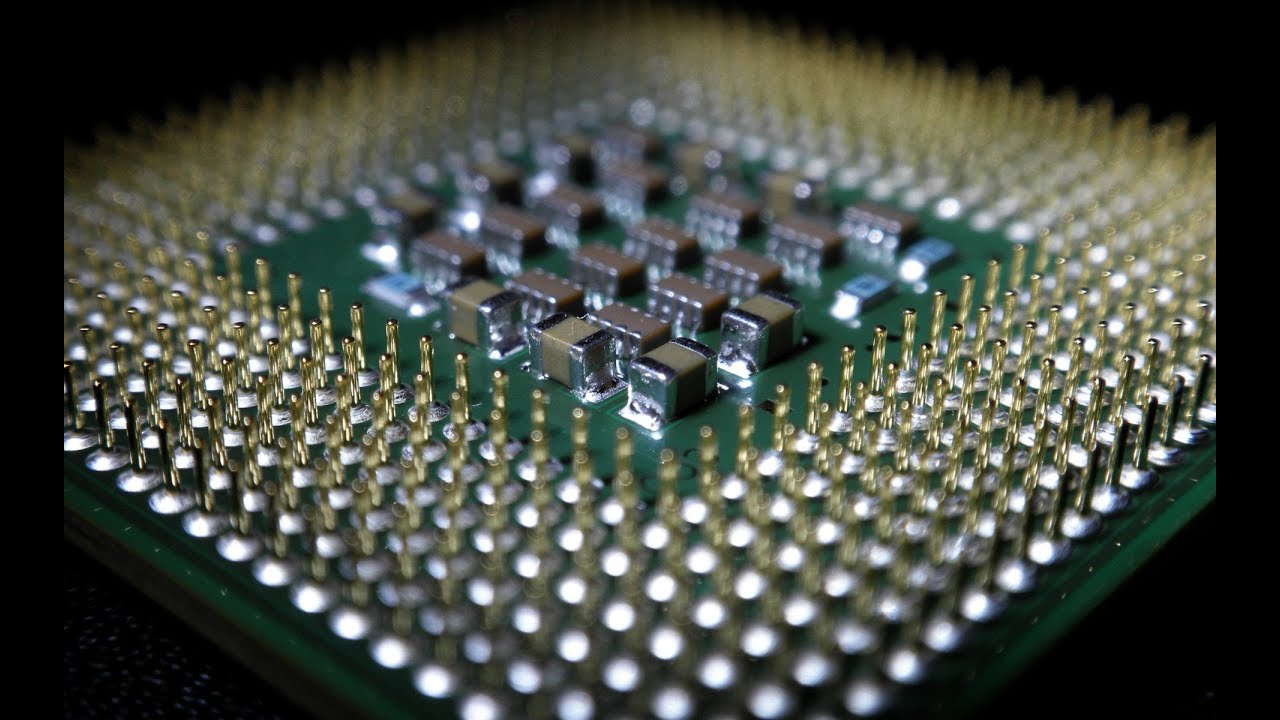Current processors can process millions of commands per second. The CPU or processor is considered to be the main chip or brain of the computer / mobile.
The main attraction of a new device is its processor. However, most of us have no idea about the processor. Let’s find out what is the most talked about processor and what is the function of the processor.
As mentioned earlier, this post discusses the basics of common processors. This is not an academic discussion, but a simple concept for curious readers. It’s not for your class or academic work. For academic needs please take the help of your textbook or teacher.
What is a processor?
The processor takes different commands on computers, smartphones and similar devices and completes the work accordingly. No computer or smartphone can run a program without a processor. It takes the input of the command and gives the output accordingly. The processor itself is hardware that takes commands from other hardware and software. The processor then “processes” this command and executes the command by the corresponding hardware or software.
Suppose you want to login to a PC with a password. You type the password through the keyboard and enter. The processor will then verify the password you provided with the password stored on your PC’s system. If the password matches, the processor will log you in and take you to the next screen. If it does not match then it will show on the screen with error message from the software. It can also play warning sound on the speaker.
Processor to central processing unit or CPU Is called. However, a computer can have more than one processor, such as a graphics processing unit (GPU). The CPU is the most important.
Processor units receive commands from random access memory. Whenever an instruction is given, the CPU decodes it, performs it and provides output.
Currently, Intel and AMD processors are the most popular in the field of computers. Intel’s Core and AMD’s Raizen processors are hugely popular in the world of desktop processors.
On the other hand, chip makers like Apple, Nvidia, Qualcomm, MediaTek, etc. make processors for most of the mobile devices.

Where is the processor?
Before knowing the different parts of the processor and the work of these parts, it is also important to know which hardware of the computer / phone is called the processor. The computer’s processor is usually on the motherboard.
বাংলা To follow Fulcrumy site in Google News Click here then follow 3
The processor is mounted on the CPU socket or CPU slot. A lever is attached to the CPU slot to ensure that the processor sticks well enough to the motherboard.
Processors are also attached to the motherboard in the case of mobiles. It sticks more tightly than a PC. Usually no one changes the processor of the mobile. However, computer processors are seen to change users.
Different parts of the processor
To understand how a processor works, it is important to first have an idea about the structure of the processor. A computer processor has four main components: ALU, FPU, registers, and cache memory.
Arithmetic Logic Unit or ALU conducts all the mathematical and logic operations of the computer. ALU works with integers. Floating point units, or FPUs, on the other hand, work with floating-point numbers, which include one decimal.
Learn more: Laptop battery backup strategy to get more
The register stores various instructions received from different parts of the computer. The register indicates what the ALU has to do and stores its information.
The processor has L2 and L3 memory. Having this memory makes it possible for the processor to save cache data locally. This allows the processor to execute commands quickly without having to transfer data from RAM. This makes the CPU more efficient and faster.
How does the processor work?
We got an idea about what a processor is and its different parts. Now let’s know how the processor works.
A look at the core of the processors shows that they use exactly the same type of process. These processes are called fetch-execute cycles. The three steps of this cycle are: fetch, decode and execute.
Learn more: Some misconceptions about computers that can cause you anxiety
Fetch
Fetching is the first step in the fetch-execute cycle. In this step a processor fetches or receives any instructions. This instruction given to the processor is sent from RAM to the processor.
Decode
The instructions from the register are sent to the next step and the instructions are processed using a processor decoder. The processor then converts the given instructions into some signals so that other parts of the processor can perform this task using this information.
Execute
At the end of this step, the processor executes the decoded instructions. Instructions are sent to another part of the processor for execution.
After performing the given instructions, it is saved in the register. This increases the speed of the processor, as the processor may use previously processed data before performing any similar instructions next time.
Learn more: Should the computer be shut down every day or should it always be on?
Processor’s specification
We know everything from the type of processor to the way it works. Now let us know about some necessary specifications related to processor or CPU.
32-bit and 64-bit processors
Processors are usually of two types: 32-bit and 64-bit. Depending on how many bits of information can be exchanged between different parts of the processor at the same time.
32-bit processors are effective for their power processing. However, more bit means that the processor is more powerful (by the same standard), so recently the use of 64-bit processor has increased significantly.
Clock speed
Clock speed is a measure of how many instructions a processor can process per second. GHz unit is used to measure clock speed. Clock speed is considered to be the core of processor specification. The higher the clock speed, the better the processor.
L2 / L3 cash
Processors store commonly used data in L2 and L3 memory. The processor uses this memory for general information instead of using RAM to execute each instruction.
Being part of the processor L2 and L3 cash Works very fast from RAM. The more cash there is, the faster the PC will run.
Learn more: Laptop or desktop? Which would be better to buy?
How does the processor core work?
Earlier in the day computer processors had only one core. This means that the processor or CPU is capable of performing only a given task at a given time.
As a result of the hard work of hardware engineers we have got the multi-core processor which is now the standard. These processors are capable of performing multiple tasks at the same time as multi-core processors have multiple cores.
Most computers today have two and four cores. These setups are called dual core and quad core respectively. Some processors have up to 64 cores depending on the function.
What is a mobile processor?
As you already know, not only the computer, but also your smartphone is powered by a processor. Processors originally designed for mobile devices and portable computers are called mobile processors.
There are some structural differences between mobile processors and computer processors. For example, even if the GPU is different in the computer, the GPU of the mobile processor is connected to the CPU. Although there are structural differences, both processors work in the same way.
Frequently Asked Questions About Processors
There are several differences between computer and mobile phone processors. First, the computer’s processor can operate most of the time at its specified speed. But the mobile processor does not work at its specified speed most of the time because it will overheat the processor which is harmful for the device. In addition, computer processors consume more energy and produce more heat than mobile processors.
Like any other electronic part the processor can be damaged or useless. However, if your PC has a proper temperature reduction system, its processor will be protected from high temperature, which will protect the processor from thermal damage. This also applies to phones.
Learn more: 10 ways to keep a computer cool
Last word – what is a processor? How does the processor work?
The processor or CPU is a very important part of a computer / mobile phone (and many more devices). Processors help computers run various programs by processing data. Recently, there have been significant improvements in the field of processors.
In addition to increasing the popularity of multi-core processors, technologies such as hyper-threading have enabled computers to operate faster and more efficiently. If you have read the article about processor or CPU well then by now you must have got a basic idea about processor.
If you have any questions about the processor you can let us know in the comments section. We will try to answer your question properly.
[★★] Want to write about technology? Now one Technician Open an account and post about science and technology! fulcrumy.com Create a new account by visiting. Become a great technician!






